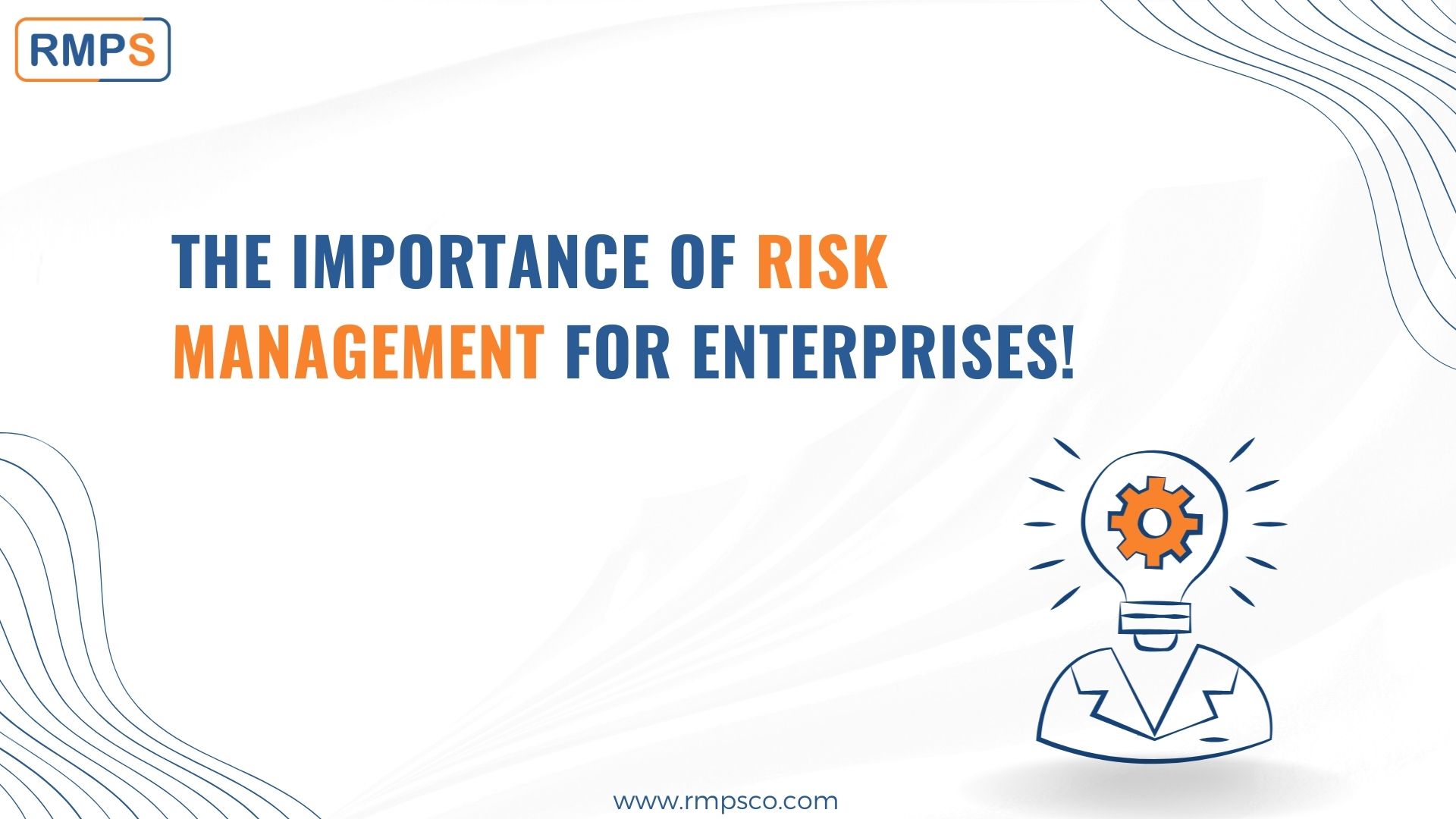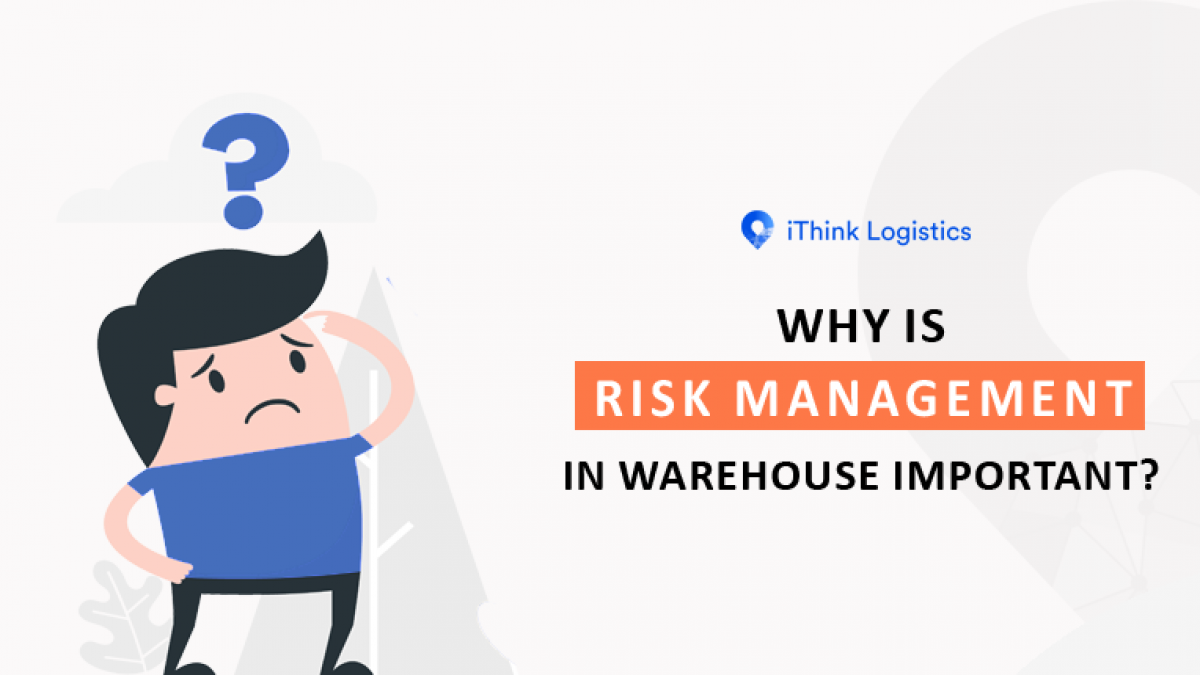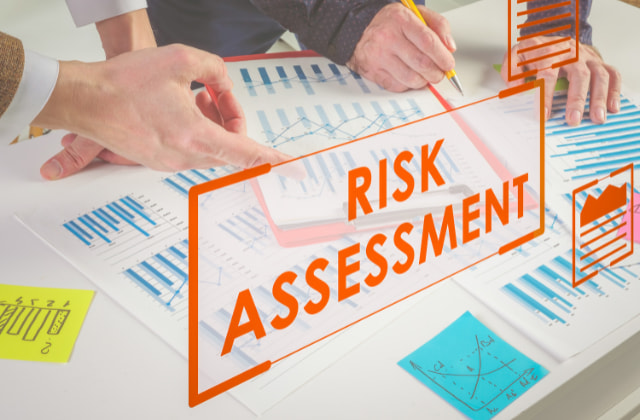Why Organizations Should Emphasize the Importance of Risk Management Now More Than Ever
Why Organizations Should Emphasize the Importance of Risk Management Now More Than Ever
Blog Article
Discovering the Value of Risk Management for Effective Decision-Making Methods
In the detailed world of business, Risk Management arises as a critical element in the decision-making procedure. The capacity to determine potential hazards and possibilities, and strategize as necessary, can lead to the difference between success and failing.
Understanding the Principle of Risk Management
Risk Management, a crucial component in decision-making, is commonly misconstrued or oversimplified. Usually, it refers to the identification, evaluation, and prioritization of risks to reduce, keep track of, and manage the likelihood or effect of unfavorable occasions. It's not simply regarding stopping negative end results, yet additionally concerning recognizing potential opportunities. Risk Management entails regimented and structured approaches, making use of information and insightful assessments. It calls for a thorough understanding of the company's context, objectives, and the potential threats that can obstruct them. From monetary unpredictabilities, legal liabilities, strategic Management mistakes, to mishaps and natural catastrophes, it resolves various threats. Significantly, efficient Risk Management is not stagnant; it's a constant, forward-looking procedure that advances with transforming circumstances.
The Role of Risk Management in Decision-Making Processes
In the world of critical preparation and business operations, Risk Management plays an essential duty in decision-making procedures. Risk Management hence becomes a vital tool in decision-making, helping leaders to make informed options based on a detailed understanding of the threats involved. Risk Management offers as an essential part in the decision-making procedures of any type of organization.

Just How Risk Management Boosts Strategic Preparation
In the context of calculated planning, Risk Management plays a critical role. Initiating with the recognition of prospective risks, it further includes the execution of Risk mitigation measures. The duty of Risk Management is vibrant however not static, as it demands consistent surveillance and adjusting of strategies.
Recognizing Possible Threats

Executing Risk Mitigation
Risk mitigation techniques can range from Risk evasion, Risk transfer, to run the risk of decrease. Each technique should be customized to the particular Risk, considering its potential impact and the company's Risk resistance. Effective Risk reduction requires a deep understanding of the Risk landscape and the potential effect of each Risk.
Surveillance and Changing Approaches
Though Risk reduction is an important action in tactical planning, constant monitoring and adjustment of these techniques is similarly vital. It also provides a chance to review the success of the Risk Management steps, allowing modifications to be made where essential, further improving strategic planning. Tracking and readjusting Risk Management approaches is a critical element for enhancing a company's strength and calculated preparation.
Situation Researches: Successful Risk Management and Decision-Making
In the globe of business and finance, successful Risk Management and why not try these out decision-making commonly act as the columns of prosperous enterprises. One such entity is an international oil firm that minimized monetary loss by hedging against varying oil prices. In an additional circumstances, a tech startup thrived by recognizing and approving high-risk, high-reward strategies in an unpredictable market. A worldwide bank, encountered with governing uncertainties, effectively navigated the circumstance through aggressive Risk assessment and vibrant decision-making. These instances highlight the value of sharp Risk Management in decision-making processes. It is not the lack of Risk, yet the Management of it, that typically separates effective business from unsuccessful ones. These instances highlight the critical duty of Risk Management in tactical decision-making. importance of risk management.
Tools and Methods for Effective Risk Management
These tools, such as Risk registers and warm maps, aid in determining and examining prospective dangers. Risk reaction methods, a crucial component of Risk Management, entail approving, preventing, moving, or mitigating dangers. With these techniques and devices, decision-makers can browse the facility landscape of Risk Management, thereby facilitating informed and reliable decision-making.
Future Fads in Risk Management and Decision-Making Strategies
As we discover the huge landscape of Risk Management, it comes to be obvious that the techniques and devices utilized today will certainly continue to evolve. The idea of Risk culture, where every participant of an organization is mindful and involved in Risk Management, will certainly gain extra prominence. These fads declare an even more positive and comprehensive method towards Risk Management and decision-making.
Verdict

Risk Management therefore comes to be a crucial device in decision-making, assisting leaders to make informed choices based on a comprehensive understanding of the threats included. Risk reduction methods can range from Risk evasion, Risk transfer, to take the chance of decrease (importance of risk management). Efficient Risk reduction important source requires a deep understanding of the Risk landscape and the prospective impact of each Risk. Risk feedback techniques, a key part of Risk Management, include accepting, staying clear find more information of, moving, or mitigating risks. The principle of Risk culture, where every member of a company is conscious and involved in Risk Management, will certainly acquire extra prestige
Report this page